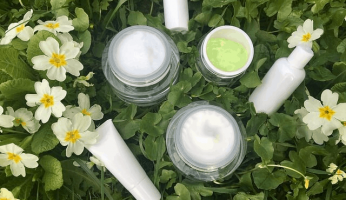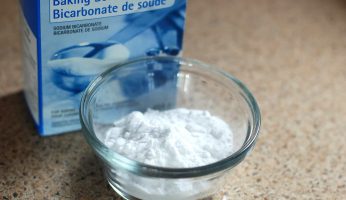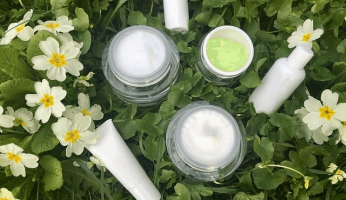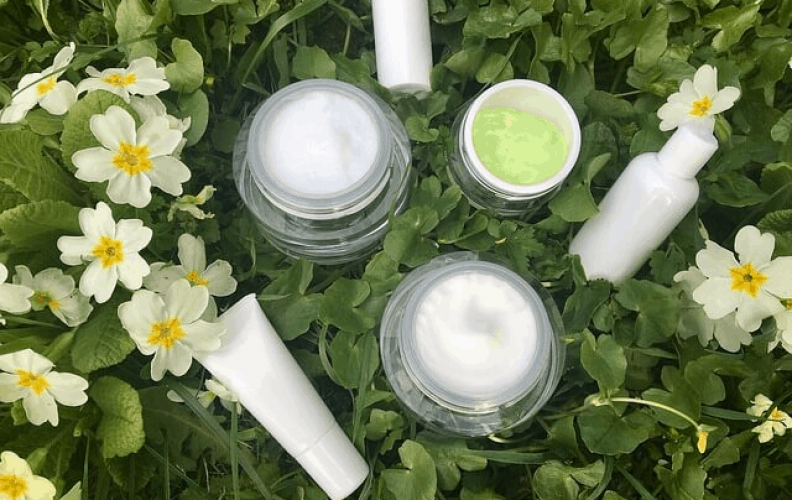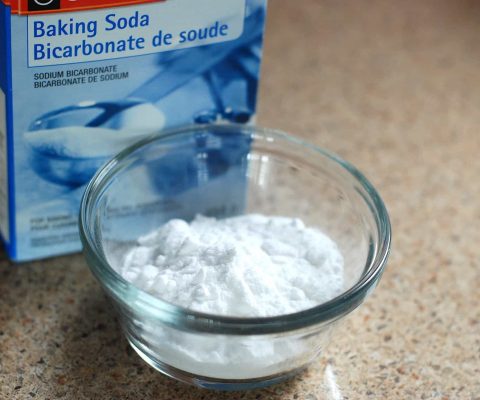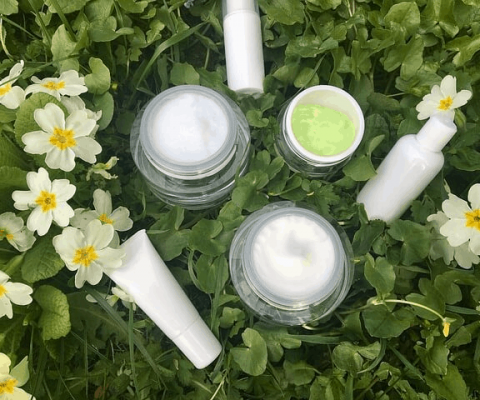All You Need to Know About Menstrual Cups
Disclosure: We use affiliate links and may receive a small commission on purchases.
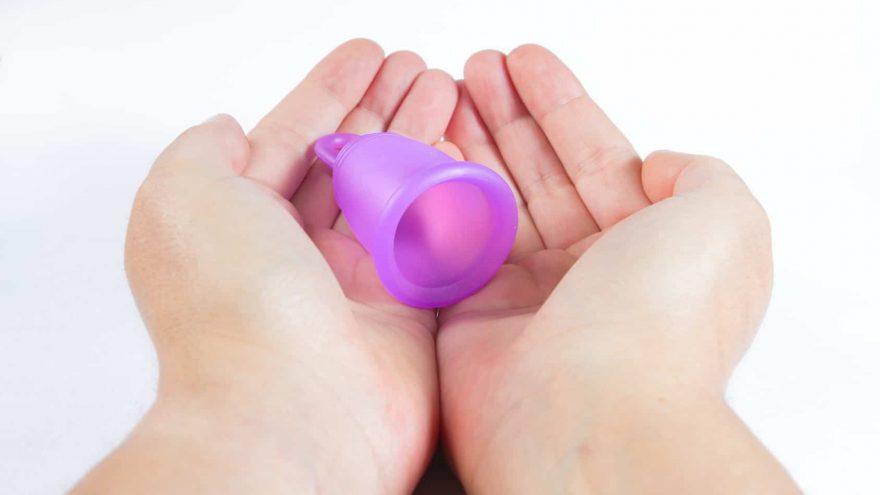 All You Need to Know About Menstrual Cups
thefitbay.com
All You Need to Know About Menstrual Cups
thefitbay.com
As women, we have to deal with a lot throughout our lives, with our period being the most uncomfortable, inconvenient of them all. While advancements such as the modern pad and tampon have made that time of the month much easier for women all over the world, they also create large amounts of waste and can cause yeast infections, Toxic Shock Syndrome, and other health problems. With the idea that a woman’s period should be as safe and easy of an experience as possible, Menstrual cups are here to end all (well, most) of your period woes. We’ve taken the time to break down all the information for you to make it easier for you to determine if the menstrual cup is for you.
What exactly is a menstrual cup?
Pliable and usually made from either rubber or silicone, a menstrual cup is just as it sounds: A small cup that is placed inside your vagina and collects your period blood. When it gets full, you empty into the toilet, rinse it out, and put it back in.
Why should you consider switching?
Chances are, you’ve been using pads and tampons for years and have had a reasonably good experience thus far, making you wonder why you should bother switching. If you really think about it though, pads and tampons really aren’t that great. They leak, you have to change them every few hours, there expensive, often made of questionable materials, and can even cause life-threatening Toxic Shock Syndrome. Menstrual cups, however, come with none of those issues.
Pros of Using Menstrual Cups
They’re reusable: Pads and tampons are one-time-use items that come individually wrapped and therefore create a lot of waste. Menstrual cups are reusable and only need to be replaced once a year, meaning much less waste and saving you a ton of cash.
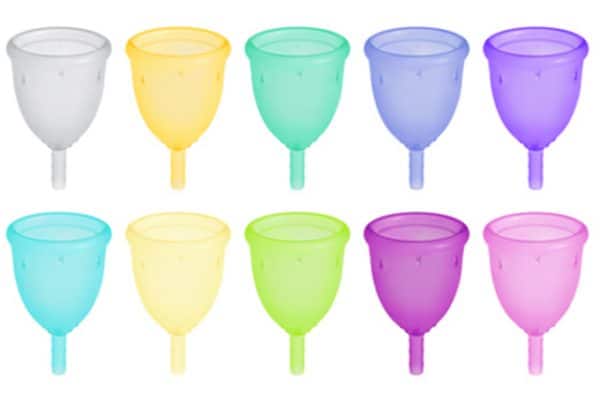
They can be worn for a long time: Unlike tampons, Menstrual cups can be worn for up to twelve hours at a time without having to take them out and clean them. This means you can sleep with them in, and you don’t have to go through the discomfort of trying to remove a semi-dry tampon when you’re on your last day of your period and your flow is extremely light.
They hold a lot of blood: Each cup holds about an ounce of blood, so most people only need to change it twice a day: Once when you get up in the morning, and once in the evening before bed. Unless you are having a particularly heavy-flow day, you won’t have to worry about trying to empty and clean it in your office bathroom.
You don’t have to think about it all the time: Menstrual cups are far less worrisome than pads and tampons. They leak less, they keep the odor inside so you don’t have to worry about smelling bad, and there is no threat of toxic shock syndrome.
Cons of Using Menstrual Cups
They’re messier: There’s no question that menstrual cups are messier than pads and tampons, and you will have to be prepared to occasionally spill some blood on your hands, especially when you first start using them.
There’s a learning curve to them: Some of you may remember the first time you put a tampon in and were questioning the whole time whether or not you were doing it right. The same goes for menstrual cups: It will take you a bit of time to get the hang of inserting and removing it with ease and as little mess as possible.
They may interfere with an IUD: If you have an IUD, speak to your doctor or gynecologist before using menstrual cups to ensure that they won’t impact the effectiveness of your IUD.
They don’t work for everyone: While most women have no problems, some may find them uncomfortable due to the shape of their vaginas. It’s important to realize that the first time you use one, you may find it slightly uncomfortable for the first five to ten minutes. After that, you really shouldn’t be able to feel it at all.
Toxic Shock Syndrome: Though extremely slim, there still is a chance that you could develop Toxic Shock Syndrome if you misuse them or leave the cup in for longer than the recommended 12 hours. The risk is much less than with tampons.
Other Important Questions
Will I be able to feel it when going to the washroom?
No! It should be feel just the same as when you have a tampon in, no feeling at all.
Can you leave it in during sex?
Technically yes, you can, however it will not act as a contraceptive nor can it prevent you from catching STIs. For those reasons, you should not forgo your usual form of protection for the diva cup.
Now that we’ve gone through all the basic information about menstrual cups, there’s one more question left to cover: How the heck do you stick a cup up your vagina? Let’s break it down.
How Menstrual Cups Work
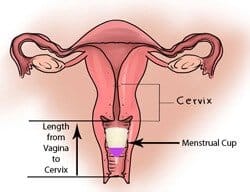
When you purchase your menstrual cup, it will come with a list of instructions about usage and cup-care, so be sure to give that a read before you use your cup for the first time. In general, however, all menstrual cups have the same general directions.
1: Wash your new cup
It’s important to always wash your cup before using it, even when it’s new out of the package. Many cup brands sell special cleansing soaps, however you can also just use warm water and an unscented water-based soap. Dry it off and move on to step two: Insertion!
2: Insert your cup
Essentially, to actually put the cup up into your vagina, you have to fold it to make it fit. You can fold it in half, then in half again, to form a ‘u’ shape, or you can simply press down on one side of it to make it smaller and easier to insert. Whichever you find easier is the best method for you.
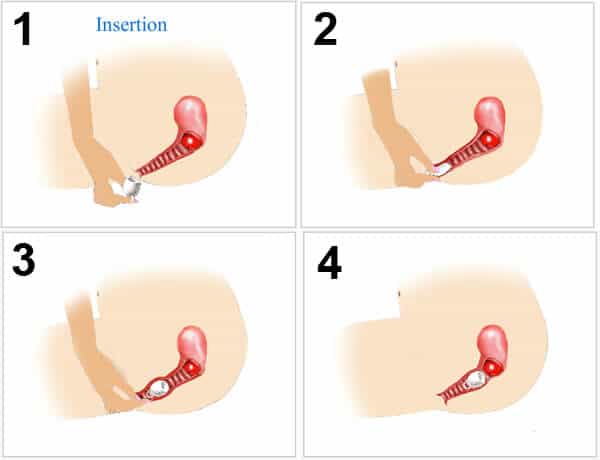
Once you’ve got the cup folded the way you want, spread your labia apart with one hand, hold the cup with the other, and place it up into your vagina. When you have the cup inside, twist it slightly. You should feel it unfold and open.
3: Empty your cup
You can easily remove your menstrual cup while sitting on the toilet, however some find for their first time it’s best to do so in the shower. Either way, as long as you are doing it over something that blood can easily be flushed or rinse away, you’re in a good position. Just as with removing a tampon, relax your muscles and the cup should come out easily. You may spill a little blood at first. Remember to always wash your cup with soap and warm water before re-inserting. If you have to empty it in a public bathroom, bring a bottle of water in the stall with you to give your cup a quick rinse before washing it in the public sink.
4: Boil your cup
At the end of your period, you’ll want to give your cup a good clean. Boil it for five to ten minutes, allow to dry, and put it away until your next monthly visit.
The Bottom Line
Menstrual cups make periods easier and much more care-free. They are easy and safe to use, and save you time, money, and stress. If you haven’t yet given menstrual cups a try, you should! Chances are, you won’t regret it.

